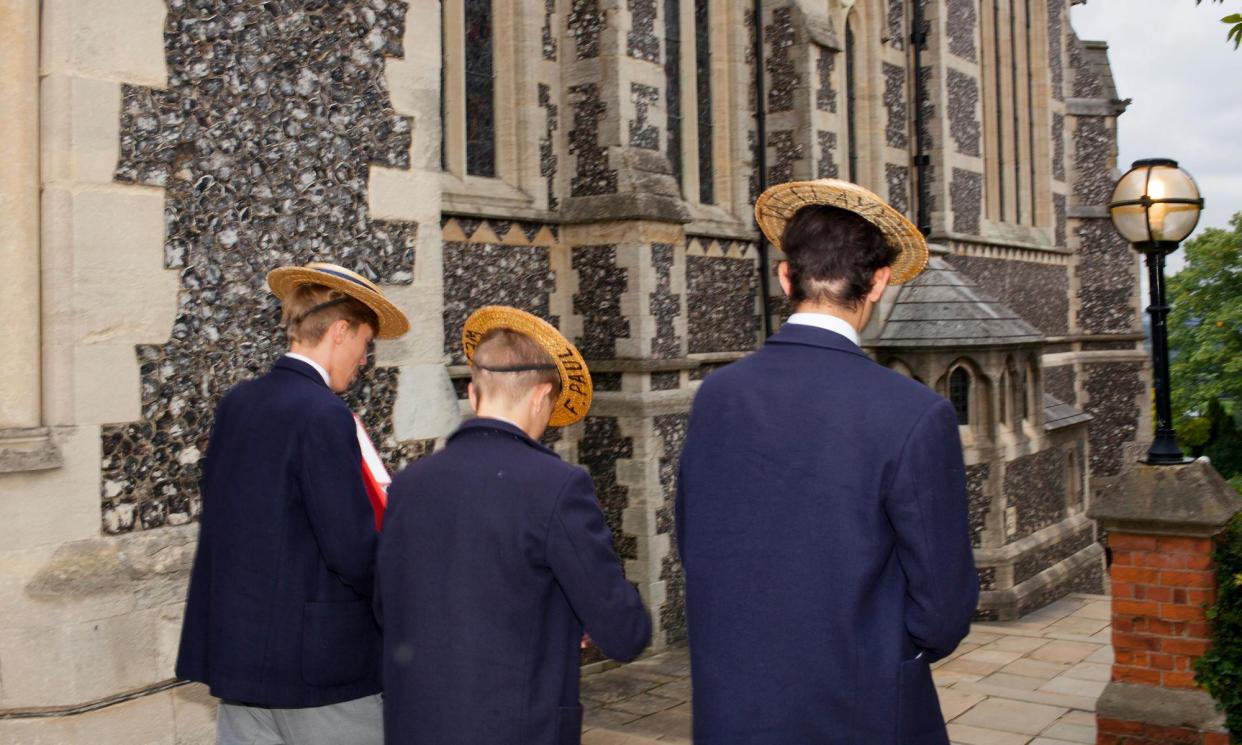Number of private school pupils rises despite claims families priced out by Labour’s VAT plan

The number of children attending private schools in England has risen, new figures show, despite claims that families are being priced out by Labour’s plan to add VAT to school fees.
The Independent Schools Council (ISC) said last month that pupil numbers had fallen – a sign, they said, that schools were already starting to see “the impact of VAT looming on the horizon”.
But official Department for Education (DfE) data published last week shows that as of this January, the number of pupils in independent schools in England was 593,486, up from 591,954 the year before and an increase of 24,150 on 2020-21.
The ISC has also partly blamed two recent private school closures on Labour’s policy. However, the official school census data shows that 12 new independent schools opened in the last year, with the total rising from 2,409 to 2,421.
Private schools in England currently benefit from an 80% discount on business rates, and do not have to charge VAT on school fees. Closing the tax loopholes was pledged in the 2019 Labour manifesto. Keir Starmer renewed that promise in 2021 and again last week at the launch of the Labour party manifesto.
Labour says the £1.5bn raised from imposing 20% VAT and business rates will be used to provide 6,500 teachers in secondary schools. Teacher supply in state schools is in a critical state, according to the National Foundation for Educational Research, with the government failing to hit its own recruitment targets for years. The secondary subject shortfall this year was 50%.
An Institute for Fiscal Studies report published last year suggested that the number of pupils leaving the private sector to attend state schools in response to VAT on fees would be “small”. Michael Pyke, from the Campaign for State Education, said: “According to the IFS, since 2010, private school fees have increased by 50% in real terms but this has not led to any reduction in pupil numbers. And since 2010, the gap in funding between private and state schools has increased to more than 90%.
“What I find incredible is that this enormous fuss is being made on behalf of fewer than 7% of our school children at the same time as the school system that 93% of our school children have to attend is falling to pieces.”
Related: ‘Is it fair? No. Is it morally right? Yes.’: parents on private school fee VAT plans
Average fees for private day schools rose by 8% for the 2023-24 academic year to £18,064 a year. Among day schools, the majority charge £3,000-£6,000 a term. Boarding school fees went up by 9% to an average of £42,459 a year.
Julie Robinson, CEO of ISC, said: “The statistics from the Department for Education represent England only and take in all independent schools across one country.
“ISC represents just over 1,400 independent schools across all nations of the UK, which account for around 80% of the number of total pupils educated in independent schools. Our data will therefore differ from the DfE’s and our concerns around pupil numbers reflect what we are hearing from our schools.”
Bridget Phillipson, shadow education secretary, said: “This evidence shows that increases in fees have not had any impact on the numbers of pupils attending private schools.
“Labour will invest in delivering a brilliant state education for children in every state school by recruiting over 6,500 new teachers, funded by ending tax breaks for private schools. Independent schools have raised fees above inflation for well over a decade and do not have to pass Labour’s proposed change on to parents.”
Wes Streeting, the shadow health secretary, told BBC’s Question Time last month that private headteachers who were “pleading poverty” were going to have to “cut your cloth accordingly, like state schools have had to for more than 14 years”.
“We make no apology for putting the ambitions and opportunities of working-class kids from backgrounds like mine, the 93% of kids who attend their local state school, above the schools that educate the 7%,” he said.

 Yahoo News
Yahoo News 
